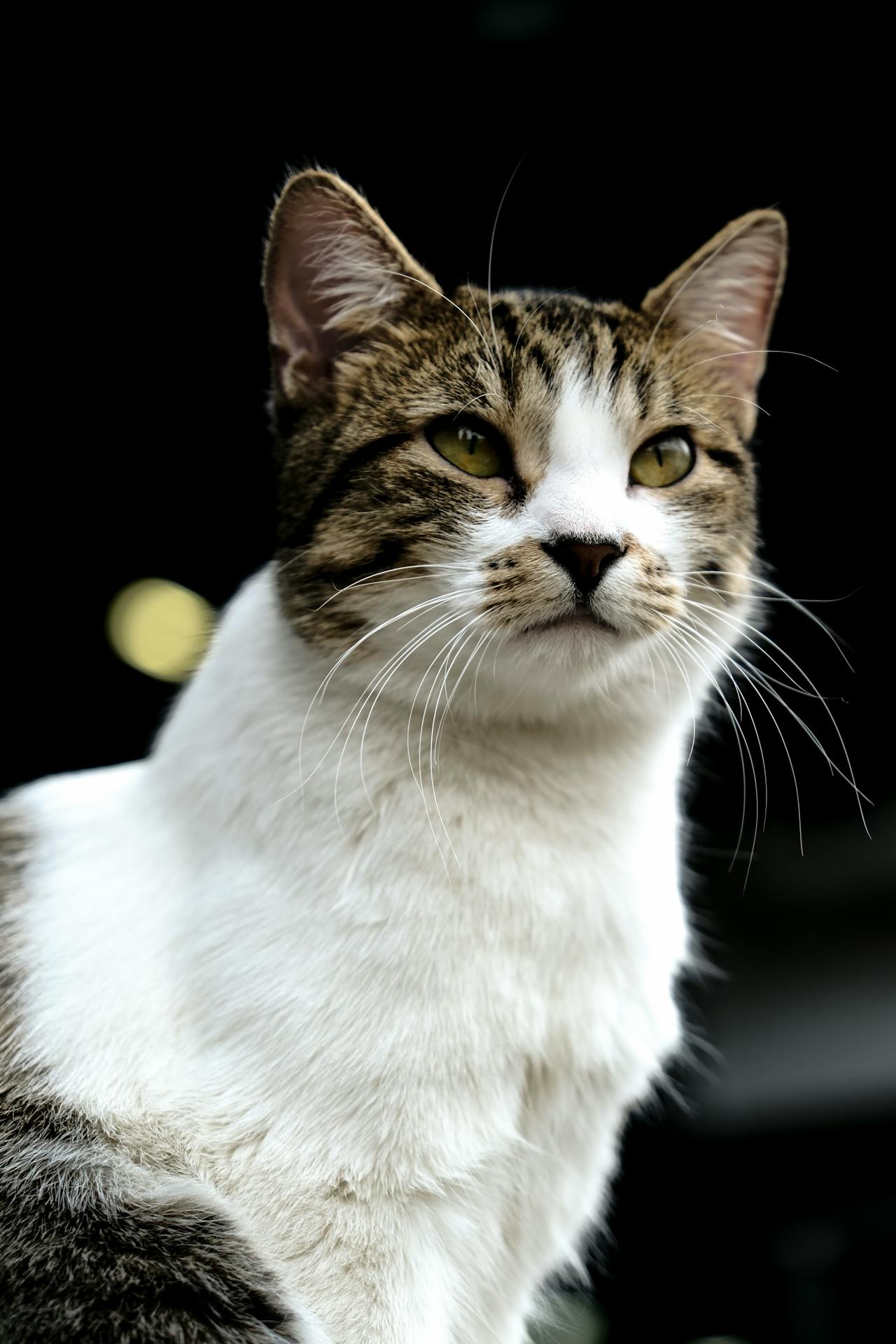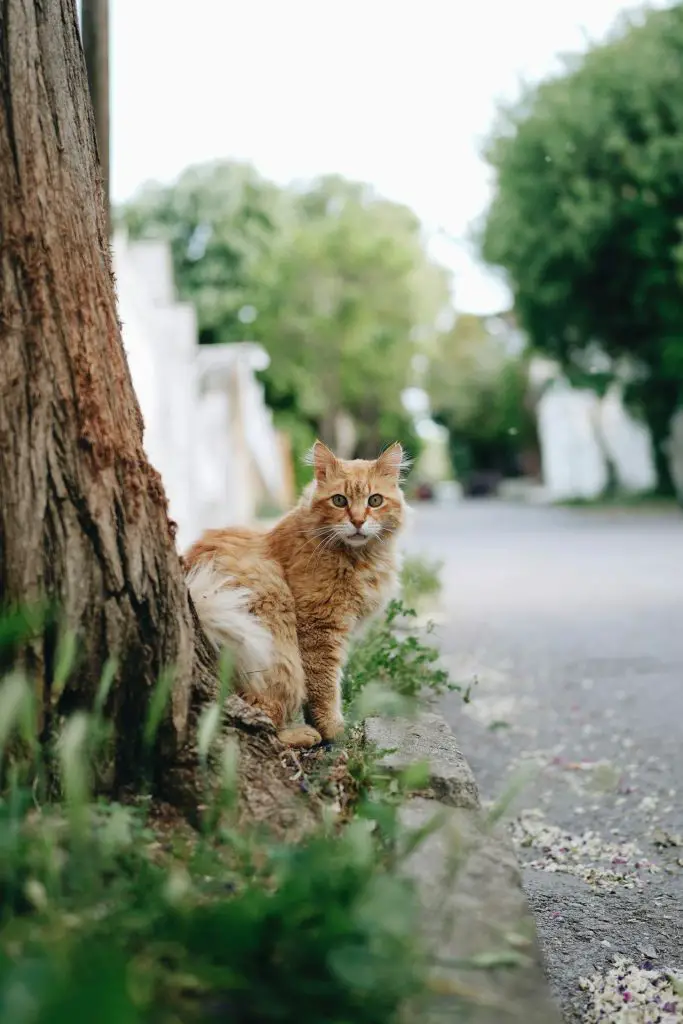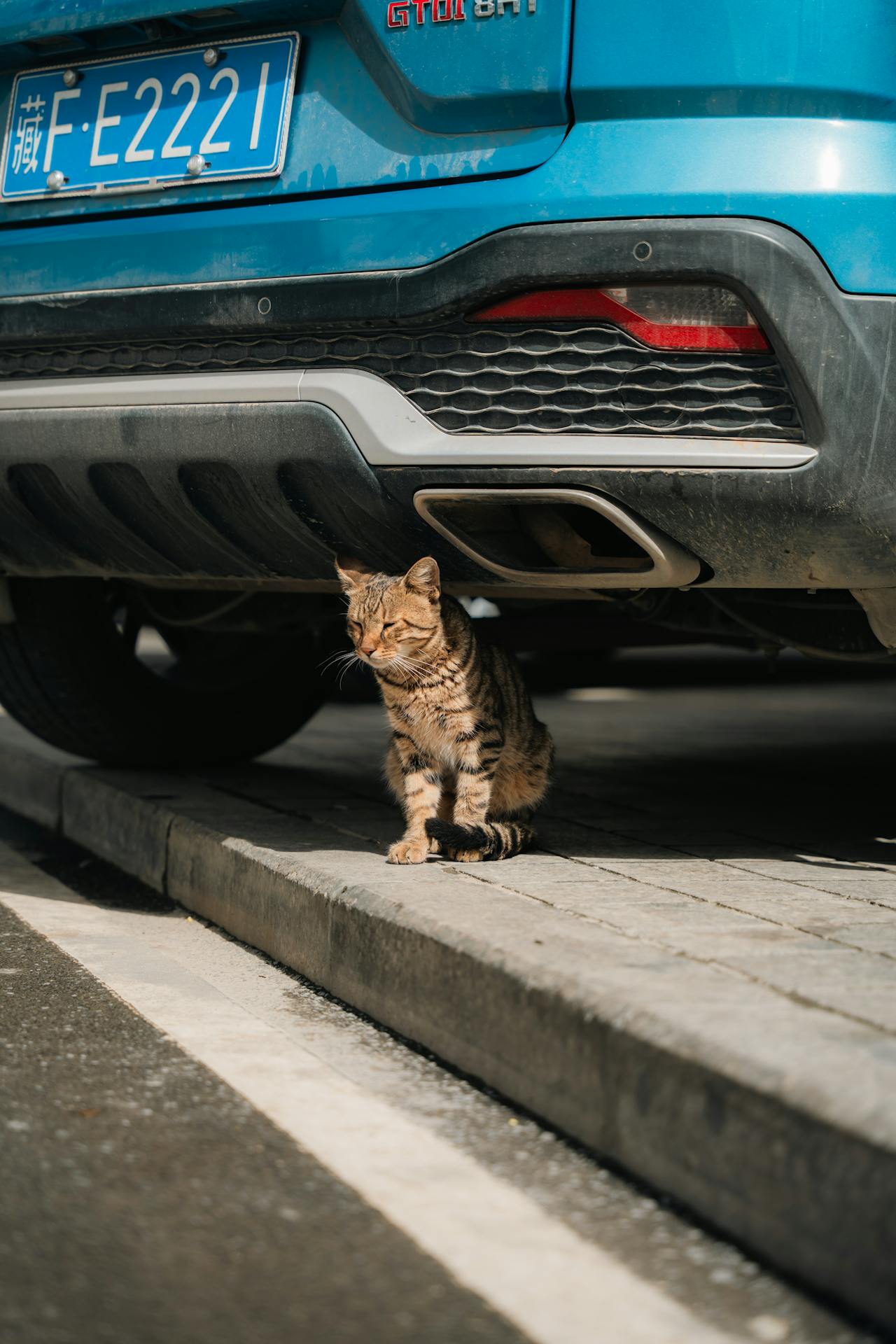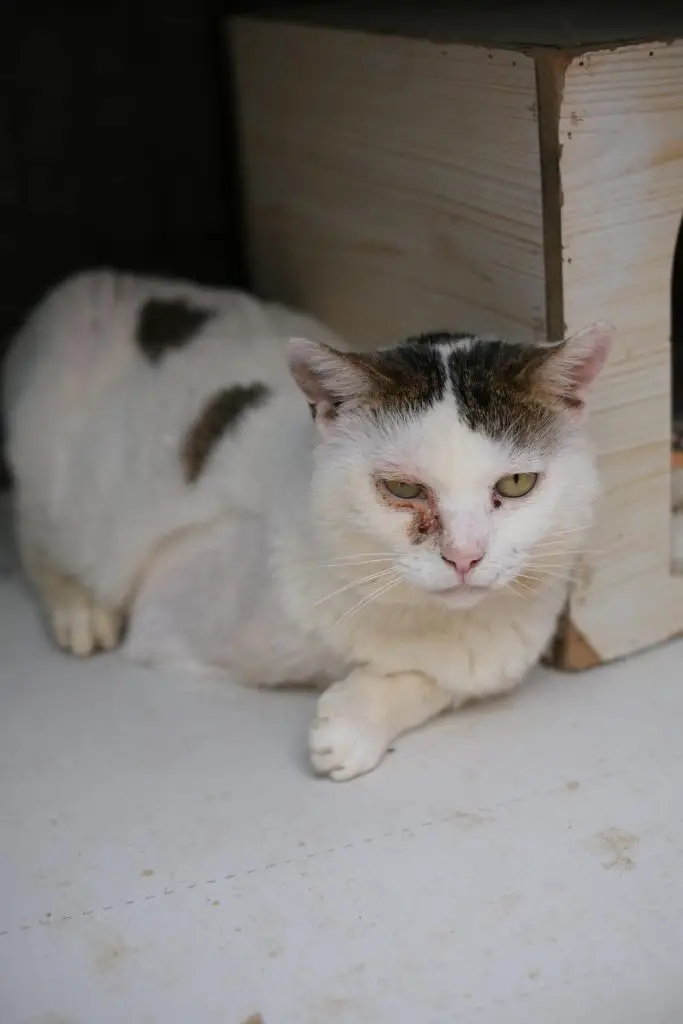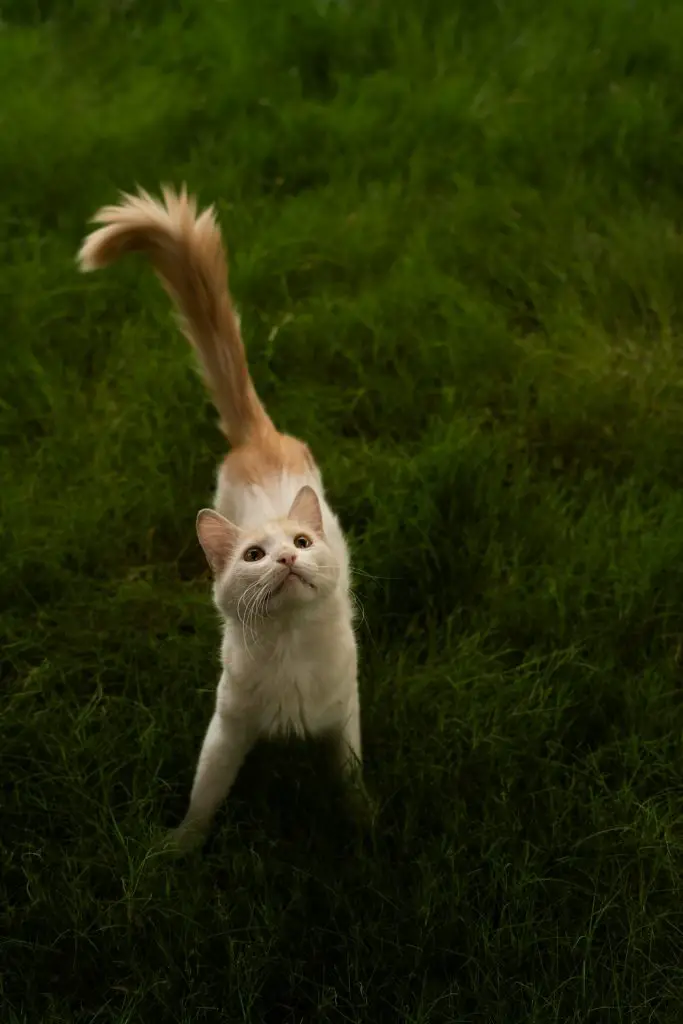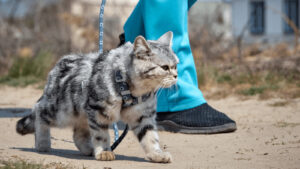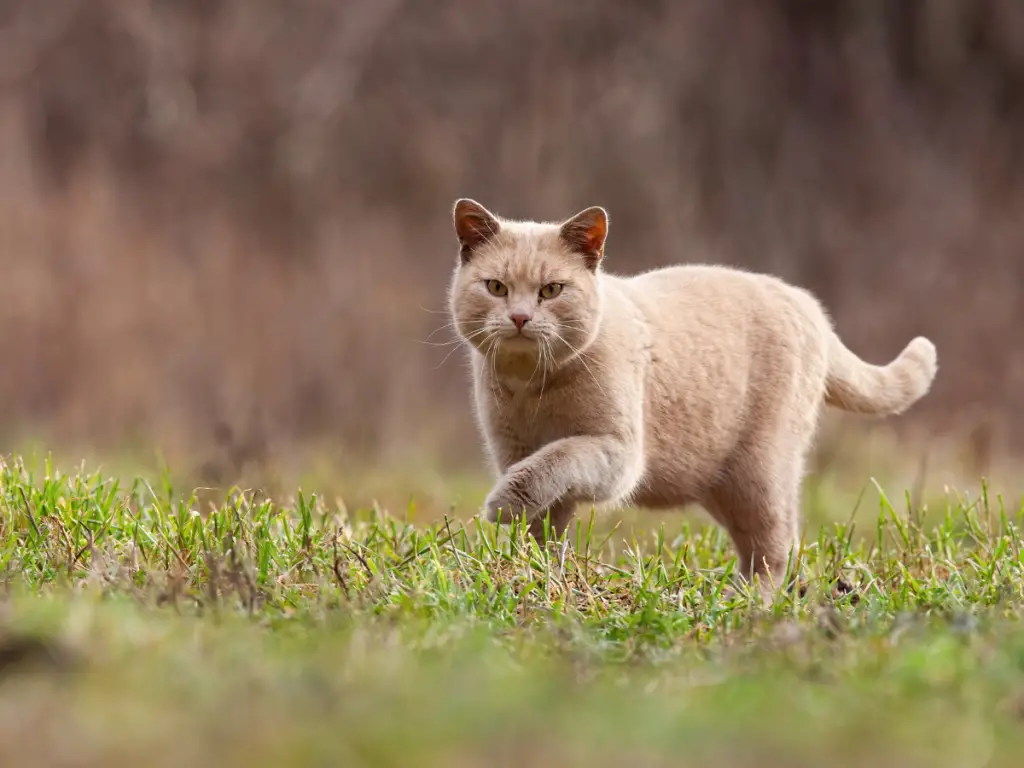
To train your outdoor cat, you’ll need to balance their natural instincts with essential rules for safety. Establish a consistent training schedule that considers their daily routines, hunting patterns, and mood. Use rewards like treats, praise, or playtime to encourage good behavior, and set clear boundaries with visual cues or training collars. Teach basic commands like ‘sit,’ ‘stay,’ and ‘come’ using positive reinforcement techniques. By understanding your cat’s unique personality and needs, you can create a safe and engaging outdoor space. As you progress, you’ll discover more effective strategies tailored to your cat’s individual requirements.
Table of Contents
Establishing a Training Schedule
To train your outdoor cat effectively, you’ll need to establish a consistent training schedule that balances their natural instincts with the rules and boundaries you want to set.
This requires careful time management, taking into account your cat’s daily routines, including hunting, eating, and sleeping patterns.
Since outdoor cats are exposed to various weather conditions, it’s crucial to take weather considerations into account when planning your training sessions.
Avoid training during extreme temperatures, heavy rainfall, or intense sunlight, as this can cause discomfort and distract your cat.
This post contains affiliate links. However all the information provided on this site are my own honest opinions. See more in Disclaimer.
Instead, choose mild weather conditions with minimal distractions, allowing your cat to focus on the training.
Allocate short training sessions of 10-15 minutes, several times a day, to keep your cat engaged and prevent boredom.
Be flexible and adjust the schedule as needed to accommodate changes in the weather or your cat’s mood.
Choosing the Right Rewards
By leveraging your cat’s unique preferences and motivations, you can select rewards that stimulate their natural behaviors and reinforce desired actions, ultimately driving successful outdoor cat training.
To do this, start by identifying your cat’s treat preferences. Does your cat go wild for freeze-dried chicken or green dental chews?
Perhaps they’re more of a kibble connoisseur? Once you’ve found the treats that tickle their fancy, you can use them to motivate desired behaviors.
Also See:
When it comes to reward timing, it’s crucial to deliver treats the instant your cat performs the desired action. This creates a clear association between the behavior and the reward, allowing your cat to quickly learn what actions lead to a tasty payoff.
By combining the right treats with precise reward timing, you can efficiently teach your cat to navigate the great outdoors.
As you progress through training, be sure to rotate rewards and incorporate play-based and affection-based rewards to maintain your cat’s engagement and prevent overreliance on a single motivator.
This will guarantee your cat remains enthusiastic about the training process and excited to learn new skills.
Setting Boundaries and Rules

Establishing clear boundaries and rules helps you create a safe and structured environment for your cat’s outdoor training, building on the foundation of positive reinforcement you’ve established with targeted rewards.
As you set boundaries, consider using visual cues like boundary signs to communicate with your cat. These signs can be especially helpful when you’re not around to supervise, providing a clear reminder of the rules.
Physical boundaries can also be effective, especially if you’re concerned about your cat’s safety. Training collars can be a valuable tool in establishing these boundaries.
These collars can be set to emit a gentle but unpleasant stimulus, such as a beep or a vibration, when your cat approaches a designated boundary.
This can help deter your cat from crossing into areas you don’t want them to enter.
By consistently enforcing these boundaries and rules, you’ll help your cat develop a sense of what’s and isn’t allowed, ensuring their safety and well-being during outdoor training.
Teaching Basic Commands
As you start teaching your outdoor cat basic commands, you’ll want to focus on using positive reinforcement techniques to encourage good behavior.
By choosing commands wisely and tailoring them to your cat’s individual needs and personality, you’ll set yourself up for success and strengthen your bond with your pet.
With consistent training sessions, you’ll be amazed at how quickly your outdoor cat picks up essential commands.
Using Positive Reinforcement
Training your outdoor cat using positive reinforcement begins with teaching basic commands, such as ‘sit,’ ‘stay,’ and ‘come,’ which can help strengthen your bond and guarantee their safety.
You’ll want to start by using clicker training, a technique that associates a distinct sound with rewards. When your cat performs the desired behavior, you’ll click and immediately reward them with treats or affection.
This method allows your cat to quickly understand what behavior you’re looking for.
As you progress with clicker training, you’ll also want to incorporate socialization techniques to help your cat become confident and calm in various situations. This can include exposing them to new environments, people, and animals while providing plenty of positive reinforcement.
By combining these methods, you’ll be building a strong foundation for more advanced training and helping your outdoor cat navigate the world with ease.
By using positive reinforcement, you’re not only teaching your cat new skills but also showing them love, respect, and care, which will ultimately deepen your connection with them.
With patience and consistency, you can help your outdoor cat thrive in their environment.
Choosing Commands Wisely
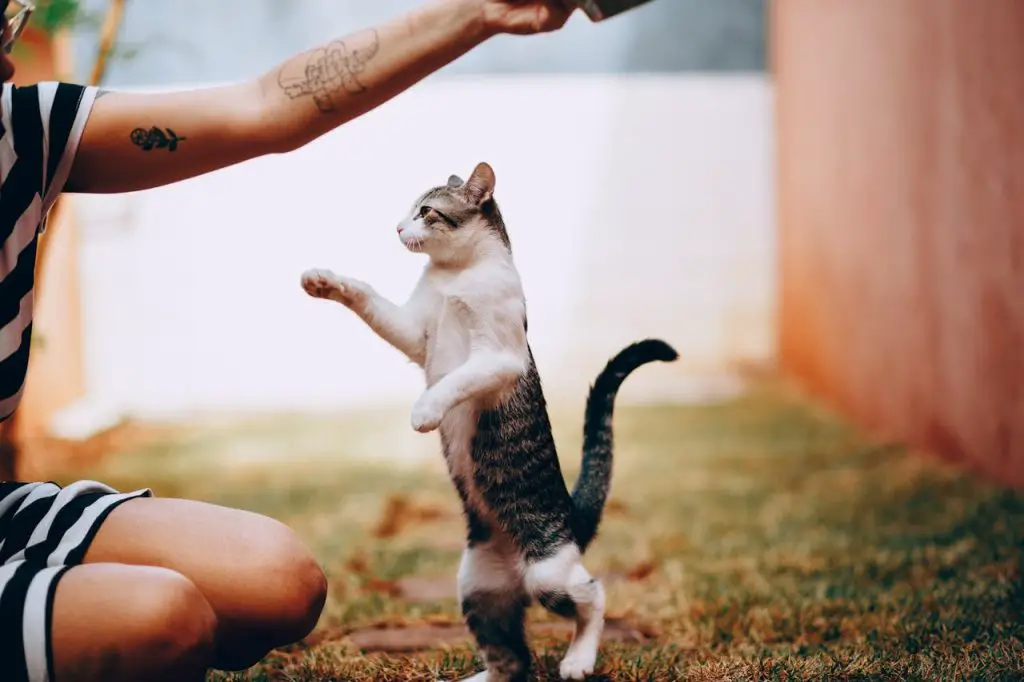
When selecting basic commands to teach your outdoor cat, you’ll want to focus on those that promote safety, obedience, and a strong bond between you and your pet.
Choosing the right commands will help you communicate effectively with your cat, even in distracting outdoor environments.
Start by selecting simple, one-syllable commands like ‘come,’ ‘stay,’ and ‘leave it.’ These commands can help prevent accidents and unwanted interactions with wildlife.
Trending in Cats:
As you choose commands, remember to pair vocal cues with hand signals. This will help your cat associate the sound of your voice with a visual cue, making it easier for them to understand what you want.
Consistent vocal cues and hand signals will also help you convey clear, concise instructions to your cat.
Science has shown that cats respond best to high-pitched, upbeat tones, so use a happy, enthusiastic voice when giving commands.
Consistent Training Sessions

Establishing a routine of regular, positive training sessions is essential for teaching your outdoor cat basic commands, as consistency fosters trust, reinforces learning, and helps strengthen the bond between you and your pet.
You’ll want to schedule training sessions strategically to optimize learning. Aim for short, focused sessions with a maximum training duration of 5-10 minutes, depending on your cat’s attention span and engagement.
As for session frequency, start with 2-3 sessions per day, gradually increasing or decreasing frequency based on your cat’s progress and comfort level.
Consistency is key, so commit to a schedule that works for you and your cat, even if it’s just a few minutes a day.
By creating a predictable routine, you’ll help your outdoor cat feel more secure and receptive to learning. As you progress, be patient with your cat’s learning pace and celebrate small victories along the way.
With time and dedication, your outdoor cat will master basic commands and become a well-behaved companion.
Encouraging Good Behavior

By rewarding desired actions and ignoring undesired ones, you can teach your outdoor cat to associate good behavior with positive outcomes, such as treats and affection.
To encourage good behavior, you’ll need to observe your cat’s actions and reactions in various situations. Behavior observation is essential in identifying patterns and areas that require attention.
Take note of your cat’s body language, tail swishes, and vocalizations to understand what they’re trying to communicate.
With this knowledge, you can apply socialization techniques to promote positive interactions.
Reward your cat with treats, praise, or playtime when they exhibit calm behavior in the presence of strangers, other animals, or during stressful situations.
Ignore or redirect undesirable behavior, such as aggression or fear-based reactions, to extinguish the behavior over time.
By consistently reinforcing good behavior and ignoring bad behavior, you’ll shape your outdoor cat’s behavior and help them become a well-adjusted and well-behaved feline companion.
Managing Outdoor Risks
As you let your cat explore the outdoors, you’ll want to take steps to minimize the risks that come with it.
By understanding the potential dangers, such as traffic accidents, disease transmission, and poison hazards, you can take proactive measures to protect your cat’s health and safety.
In this section, we’ll discuss practical tips on how to mitigate these risks and create a safer outdoor environment for your feline friend.
Minimizing Traffic Dangers
Your outdoor cat’s risk of being hit by a vehicle is considerably higher if it’s not familiar with traffic rules and hazards, so teaching it to avoid roads is vital for its safety.
By instilling traffic awareness in your cat, you can help prevent accidents and guarantee its well-being.
Start by identifying safe routes for your cat to follow, such as paths or sidewalks that are less frequented by vehicles.
To minimize traffic dangers, consider the following:
- Block access to busy roads: Install barriers or fences to prevent your cat from venturing onto high-traffic roads.
- Train your cat to use crosswalks: Reward your cat with treats or praise when it uses designated crosswalks or pedestrian paths.
- Supervise outdoor time: Always keep an eye on your cat when it’s outdoors, especially near roads or highways.
Reducing Disease Transmission

Many diseases that affect cats, such as feline leukemia and feline immunodeficiency virus, are transmitted through contact with infected animals.
Therefore, it’s important to take steps to minimize your outdoor cat’s interactions with other potentially infected cats. By doing so, you’ll greatly reduce the risk of disease transmission.
One of the most effective disease prevention strategies is to ensure your cat is up-to-date on all vaccinations.
Vaccinations play a significant role in protecting your cat against serious diseases, so it’s crucial to follow the vaccination schedule recommended by your veterinarian.
In addition to vaccinations, you can also reduce the risk of disease transmission by spaying or neutering your cat.
This will decrease the likelihood of your cat engaging in behaviors that increase the risk of disease transmission, such as fighting or mating.
By taking these steps, you’ll be providing your outdoor cat with the best possible protection against diseases, allowing them to live a healthier, happier life.
Avoiding Poison Hazards
To minimize the risk of poisoning, it’s essential to be aware of potential hazards in your cat’s outdoor environment, including toxic substances like pesticides, heavy metals, and poisonous plants.
As a responsible cat owner, you want to guarantee your feline friend stays safe while exploring the great outdoors.
When it comes to avoiding poison hazards, knowledge is key. Here are three important things to keep in mind:
- Toxic plants: Familiarize yourself with common toxic plants found in your area, such as lilies, castor bean, and oleander. Keep these plants out of reach or remove them from your yard altogether.
- Household chemicals: Store household chemicals, such as pesticides, fertilizers, and cleaning supplies, in a secure location inaccessible to your cat.
- Outdoor pollutants: Be aware of potential outdoor pollutants like rat poison, antifreeze, and lead-based products, which can be toxic to cats.
Creating a Safe Outdoor Space
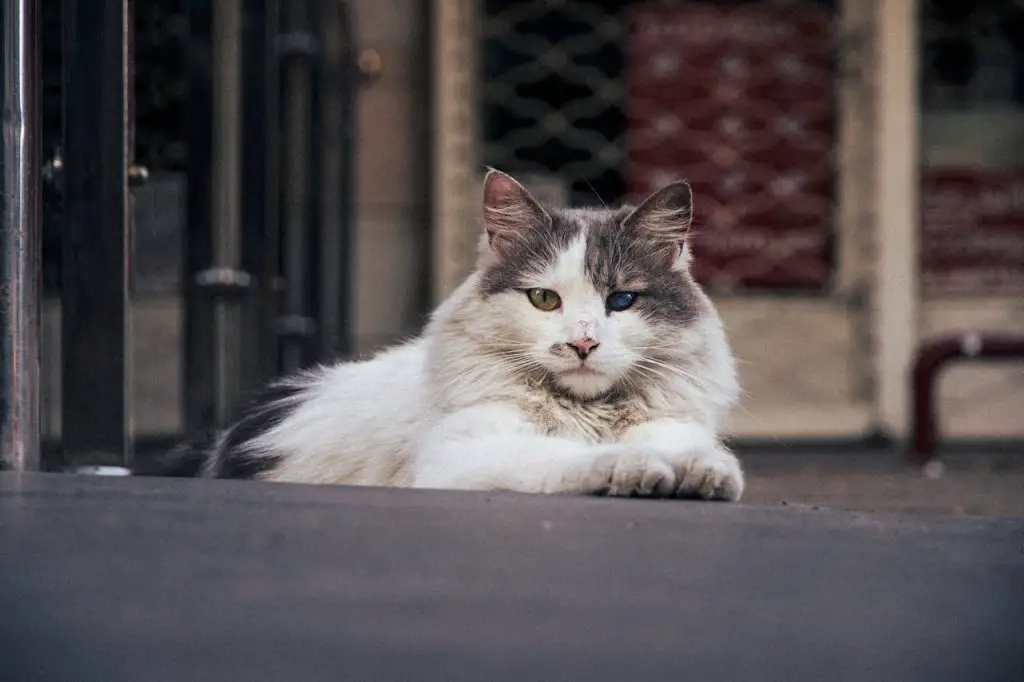
A carefully designed outdoor enclosure or ‘catio‘ can help minimize risks associated with outdoor access, such as traffic accidents, disease transmission, and predator encounters, while still providing mental and physical stimulation for the cat.
You’ll want to create a space that promotes outdoor enrichment, where your cat can engage with nature, exercise, and exhibit natural behaviors.
To achieve this, you’ll need to reflect on the layout and features of your catio.
First, prioritize secure fencing that’s sturdy and high enough to prevent escape or predator entry.
You can choose from various materials, such as wood, metal, or plastic, depending on your cat’s individual needs and your local climate.
Next, add stimulating elements like plants, climbing structures, and hiding spots to encourage exploration and play. Contemplate incorporating sensory experiences, such as bird-watching or sniffing areas, to keep your cat engaged.
Finally, guarantee easy access to food, water, and shelter to create a comfortable and enjoyable outdoor space.
Reinforcing Training Consistently
Your objective now is to commit to a consistent training routine that reinforces good behavior in your outdoor cat, setting clear boundaries and expectations while acknowledging the natural instinct to hunt and explore. To achieve thi
s, you’ll need to track your cat’s behavior and adjust your training techniques accordingly.
Behavior tracking is a vital step in understanding your cat’s habits and identifying areas where they need improvement.
By monitoring their behavior, you can pinpoint patterns and determine the most effective training techniques to use.
Here are three key tracking methods to incorporate into your routine:
- Daily Log: Keep a daily record of your cat’s behavior, including time spent outdoors, areas explored, and interactions with wildlife.
- Video Surveillance: Set up cameras around your property to monitor your cat’s outdoor activities and identify potential risks.
- Reward-Based System: Use treats and praise to reinforce good behavior, such as returning home promptly or avoiding wildlife.
Frequent Questions
You can still train an adult outdoor cat, but it may require more patience and consistency due to established habits; using positive reinforcement training methods can help overcome behavioral challenges that have developed over time.
You’re likely wondering, “Is the notion that adult cats can’t change their stripes true?” Thankfully, research suggests otherwise! Training duration depends on individual outdoor cat behavior, but consistency and patience can yield results in a few weeks to months.
You can use clicker training, but be prepared to adapt clicker techniques to outdoor distractions, as they can be challenging for your cat to focus on the desired behavior; patience and consistency are key.
You’ll want to train your cat to wear a harness and leash to guarantee harness safety and practice leash etiquette, allowing for controlled outdoor excursions while protecting your cat and others. Start with gradual introductions.
You might be surprised that 95% of outdoor cats are natural-born hunters. Training your cat won’t greatly impact their hunting behavior, as it’s deeply ingrained, and instinct preservation is possible with gentle, non-intrusive methods.


